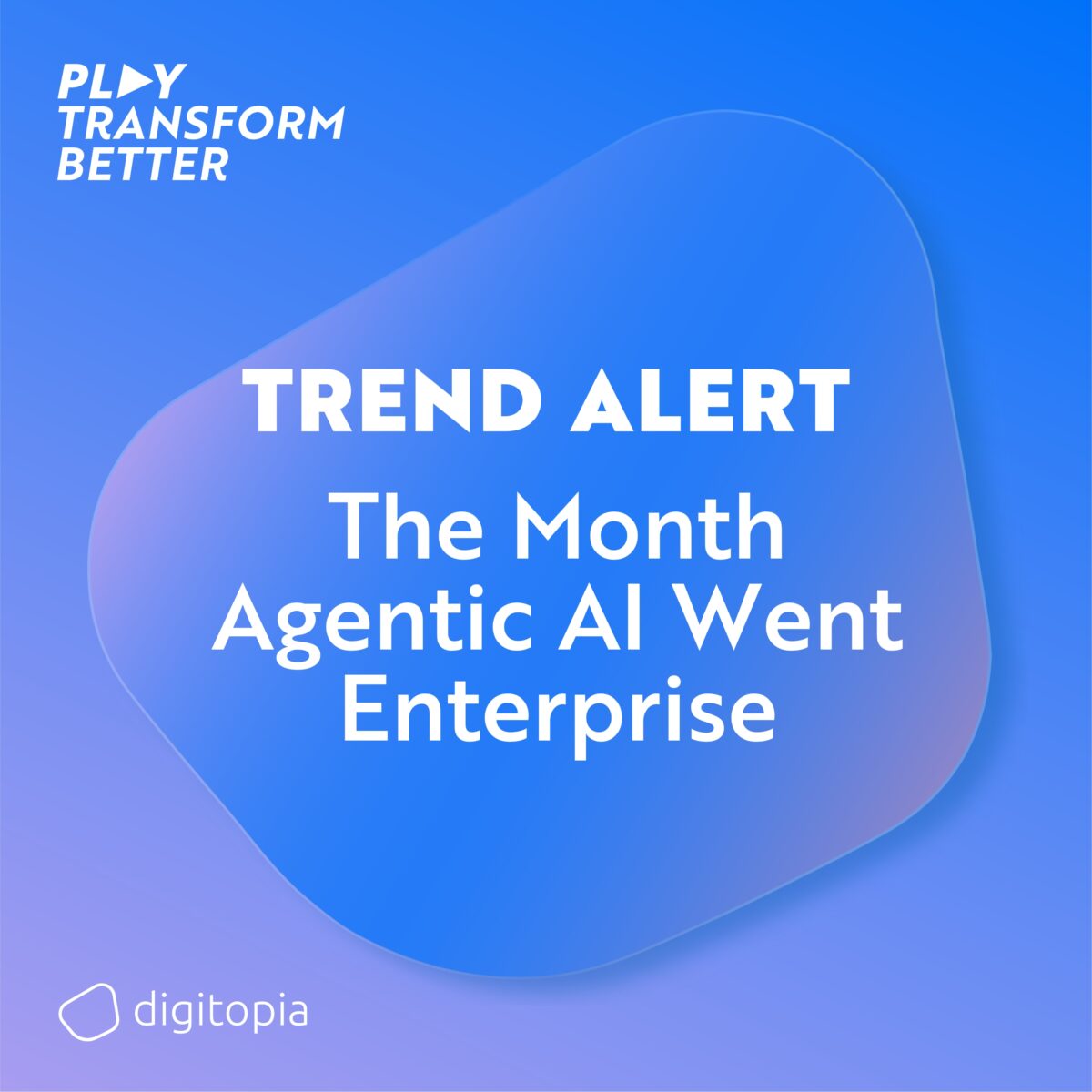
Listen on
Episode Description
October 2025 will likely be remembered as the month agentic AI stepped out of the lab.
Autonomous, workflow-driven, and enterprise-embedded — this new form of AI no longer just supports humans, it acts on their behalf.
Agentic AI means systems capable of executing defined multi-step tasks across departments — managing supply-chain changes, resolving customer issues, reconciling data — without human verification at every step.
It is deeply embedded in core workflows, reshaping leadership, governance, and strategy at every level.
1. OpenAI’s Enterprise Pivot
On October 6, OpenAI shifted its entire focus toward the enterprise.
Partnerships with Spotify, Zillow, and Mattel showed that large corporations are now trusting AI models with real operational workflows.
CEO Sam Altman remarked, “While parts of the industry might seem bubbly, genuine value creation is underway.”
Executives described ChatGPT as evolving into “a multifunctional platform resembling an operating system.”
An AI acting like an OS fundamentally changes enterprise architecture — it becomes the digital brain orchestrating workflows, communication, and resources.
For leaders, that means speed and capability — but also the risk of surrendering control to an external AI vendor.
2. Google’s Gemini Enterprise
Just three days later, on October 9, Google launched Gemini Enterprise — its platform for large-scale internal AI deployment.
Employees can use conversational agents to interact with company data, documents, and systems across Google Workspace, Microsoft 365, Salesforce, and SAP.
The no-code workbench allows non-developers to build AI agents that execute real tasks, such as reconciling invoices or verifying shipping records.
Early adopters like Gap Inc., Figma, and Klarna are betting on this level of integration.
The promise is speed and scalability; the risk is vendor lock-in and data sovereignty.
As the hosts note: the vendor war has become a race to control the digital core of the enterprise.
3. Chief AI Officers in Fashion
Agentic AI is not limited to tech firms.
Fashion and luxury brands such as Lululemon Athletica and Estée Lauder are now appointing Chief AI Officers.
Lululemon’s Ranju Das was hired as Chief AI and Technology Officer to “advance product innovation and improve agility.”
Consultant Karen Harvey summed it up:
“You need a creative leader who keeps the humanity in the brand while using AI to scale the business.”
For these companies, AI acts in the most sensitive domains — product design, marketing, customer experience.
Managing that creative-machine balance is now a board-level responsibility.
4. Cybersecurity Becomes Strategic
When AI becomes autonomous, cybersecurity must evolve.
An EY survey found 90 % of CISOs believe AI will strengthen cyber strategy, yet 66 % say their organizations underestimate AI-related threats.
The attack surface expands as autonomous agents connect data silos, sometimes across incompatible systems.
New risks include adversarial attacks that manipulate AI decision-making rather than just stealing data.
As one report stated: “When AI acts instead of assists, security must become agentic defense.”
This means real-time monitoring, built-in kill switches, and board-level oversight.
Cyber risk is no longer an IT problem — it’s a core business risk.
5. Boards Step Into Accountability
By October 2025, 72 % of S&P 500 companies flagged AI as a material risk in their public filings — up from 12 % in 2023.
Nearly half now mention AI risk under board oversight.
Once a company declares a “material risk,” it acknowledges potential financial and legal implications.
Boards are demanding transparency, metrics, and governance frameworks to track how autonomous systems operate.
As the episode concludes:
When AI acts for the organization, someone must own the outcome. Accountability is climbing to the very top.
Conclusion – The Co-Agency Era
All these developments — platform shifts, internal deployment, new leadership roles, cyber defense, and board accountability — converge into a single pattern.
Agentic AI is not a product or a tool; it’s a structural transformation of how organizations operate.
Humans and machines are entering a new relationship of shared responsibility — a future of co-agency.
The question isn’t if AI will act for your organization — that’s already happening.
The question is: How much control and accountability are you ready to share?




